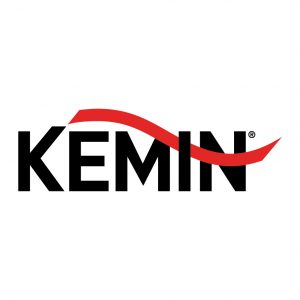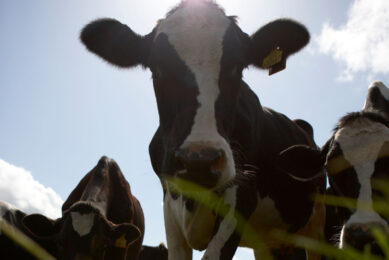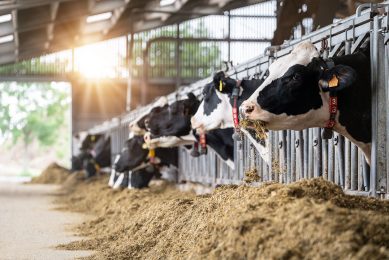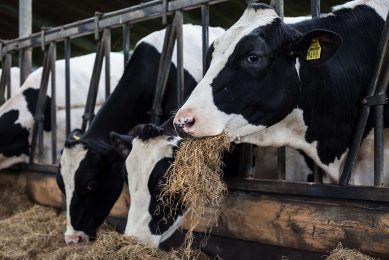An innovative approach to optimising dietary costs
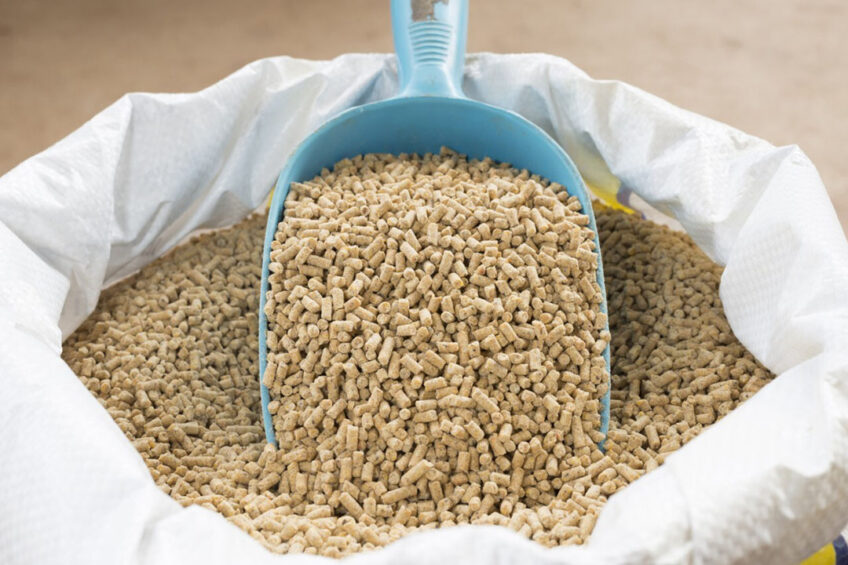
Continuing rising costs in raw materials, energy, and freight in addition to the impact of the global political situation, has now placed the livestock industry under a severe challenge. Finding solutions to maintain sufficient profits has become the prime target.
Exogenous enzymes are commonly used as a key nutritional tool to save on feed costs, by both optimising the degradation and availability of nutrients and facilitating the use of cheaper, raw materials previously considered unsuitable for pigs and poultry. The key question today is, what more can be done to further mitigate feed costs without sacrificing the quality of feed or the advances made towards improved animal welfare and environmental sustainability?
Optimal utilisation of energy
A primary consideration is that although improving the digestibility of cereals and oilseeds ensures more nutrients become liberated in the intestinal tract, this does not imply that absorption of these nutrients is also improved. Additionally, absorption of nutrients is limited by the absorption capacity of the gut, regardless of the quantity or quality of nutrients available. Nutrients that won’t be absorbed will simply be excreted which can result in an increased nitrogenous waste, increasing the environmental impact of production. A second important aspect is that enzymes do not act on the fat matrix of the diet. Added vegetable or animal fats and oils, are one of the most expensive ingredients in monogastric diets and essential as a primary energy source. However, lipids can embed other nutrients rendering them less accessible to enzymes and therefore less available for absorption. As such, ensuring optimal utilisation of energy is a potential pathway to optimise feed costs. That’s where a Nutrient Absorption Enhancer can help. Lysoforte Extend offers a unique, cost-effective, and sustainable tool to save costs from a different approach, in synergy with enzymes, while additionally supporting performance, carcass and protein quality.
Improving digestibility and absorption
Lysoforte Extend adds value by supporting the 3 steps of fat digestion: first emulsification is improved by reducing fat into smaller droplets allowing more surface for lipase activity, next hydrolysation of the fatty acids into triglycerides and monoglycerides is improved before finally, absorption through the intestinal wall is optimised. This ultimately results in more efficient and higher energy uptake, in addition to other essential nutrients such as amino acids, pigments, and vitamins. This unique mode of action allows the maximum potential of feed to be realised, increasing the accessibility of all enzymes to their substrates thus reducing excretion of undigested nutrients in the form of nitrogenous waste.
The unique combination of lysolecithins, monoglycerides and a synthetic emulsifier in the nutrient absorption enhancer provides synergistic power to improve all 3 stages of lipid digestibility. This has been demonstrated using a specific in vitro lipid digestion model designed to replicate the in vivo process of fat digestion (Jansen, M., and F. Nuyens. 2014). Data shows that nutrient absorption enhancer improves emulsion stability, increases the release of fatty acids and monoglycerides by as much as 60%, and significantly improves absorption, when adding the unique mixture compared to a control oil or even an oil only supplemented with lysolecithins (Figure 1).
Figure 1- Absorption capabilities of Kemin’s NAE compared to a control.

Numerous in vivo studies have demonstrated that this concept also translates into improved animal performance whilst significantly reducing feed costs. The nutrient absorption enhancer can be applied with a flexible matrix enabling tailor-made diet reformulation regardless of diet or fat type or inclusion level used. A 40-day broiler trial, involving 9000-day-old birds, performed at the research farm of a large European feed producer, assessed the effect of feeding a standard corn/soy diet compared to the same diet supplemented with Lysoforte Extend. During the starter period, the nutrient absorption enhancer was added on-top of the formulation to support the young chicks for a better start. Results showed a significant improvement in body weight gain compared to the control, whilst retaining the same feed efficiency as the control treatment. At day 10, the product was applied with diet reformulation to the full matrix value of the product. Performance results demonstrated that Lysoforte Extend could completely recover the nutrient gap caused by reformulation and ensure optimal feed efficiency was maintained, in addition to improving final body weights by an average of 24g compared to the non-supplemented birds The cumulative results over the entire trial confirmed an overall significantly increased body weight gain (resp. 2572g average versus 2536g/bird) at an optimal feed efficiency (resp. 1,55 versus 1,56 FCR in average) compared to the control group.
When comparing the total diet cost over the entire trial period, approximately €9/ton of feed could be saved by using the nutrient absorption enhancer (Figure 2). Furthermore, the additional body weight achieved for the same feed intake, resulted in an additional net profit of €33 for every 1000 birds produced.
Figure 2- Comparison of feed cost over the entire 40-day production cycle.
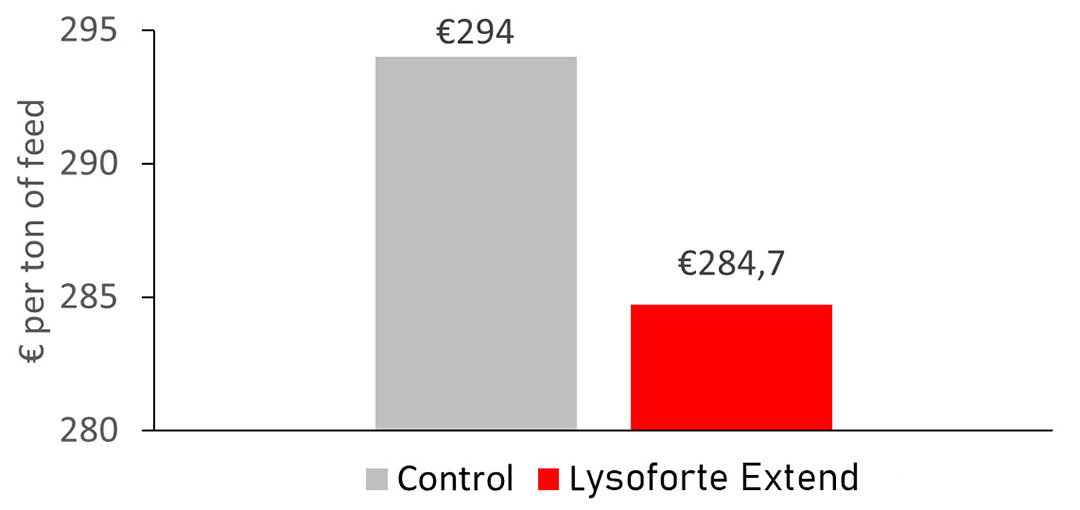
Science Optimised Savings
This data demonstrates that the unique combination of lysolecithins, monoglycerides and a synthetic emulsifier in Lysoforte Extend, can offer substantial Science Optimised Savings, on top of the standard enzymes applied, ensuring that optimal benefit is realised from the diet.
Watch the video below for more information about Lysoforte Extend from Kemin


